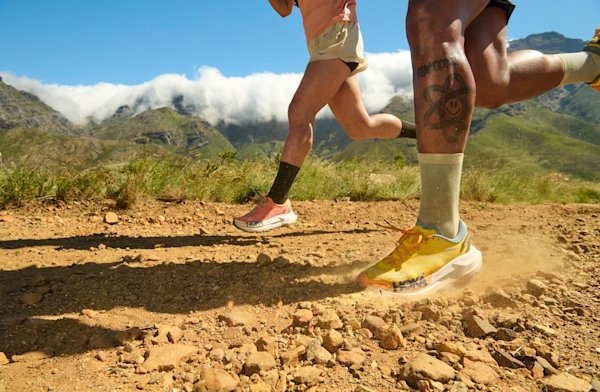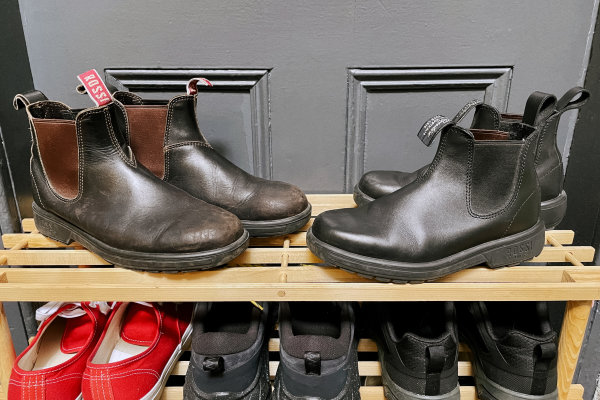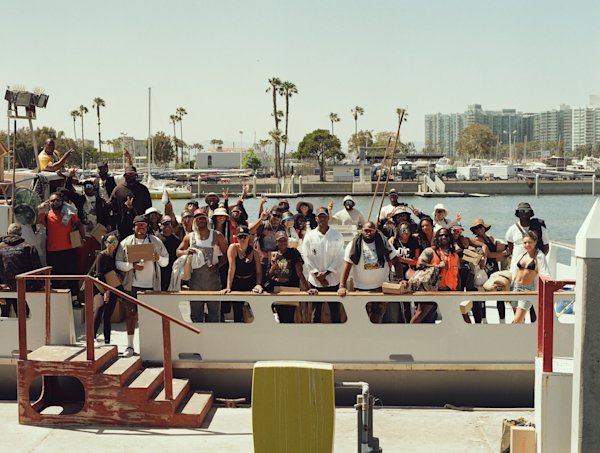During the yo-yo-like dance between late summer and early fall, I took advantage of a perfect weather window and headed way north for some fly fishing in New York's Adirondack mountains, home to the largest publicly protected natural area in the continental US. The unique patchwork of public and private land is not well known outside the Northeast, though bigger than the Grand Canyon, Yosemite, the Great Smokies, and Glacier National Parks combined. Spanning six million acres, within which lies nearly 30,000 miles of rivers and streams and the 46 Adirondack High Peaks, the ADK seemed the perfect destination for a fall getaway.
And a great excuse to test some new gear, including the new NRS Aster packraft, a new fly rod, and of course, a proper hiking backpack. Most of the lake fishing opportunities I’ve had in Pennsylvania offer predominantly warm-water species of fish (bass, sunfish, etc). Traveling further into New York’s high peaks would deliver some 3,000 lakes framed by mountains and filled with brook and lake trout.
A mild weather forecast filled me with some optimism and saved me from packing my hiking backpack with too many heavy layers. Still, the addition of even a minimal tackle selection and the raft itself made for one of the heaviest backpack loads I’ve needed to carry for such a short duration of time. Lucky for me, the route I picked wasn’t much more than five miles each way, with minimal elevation gain thanks to a trailhead far from the main roads.


















